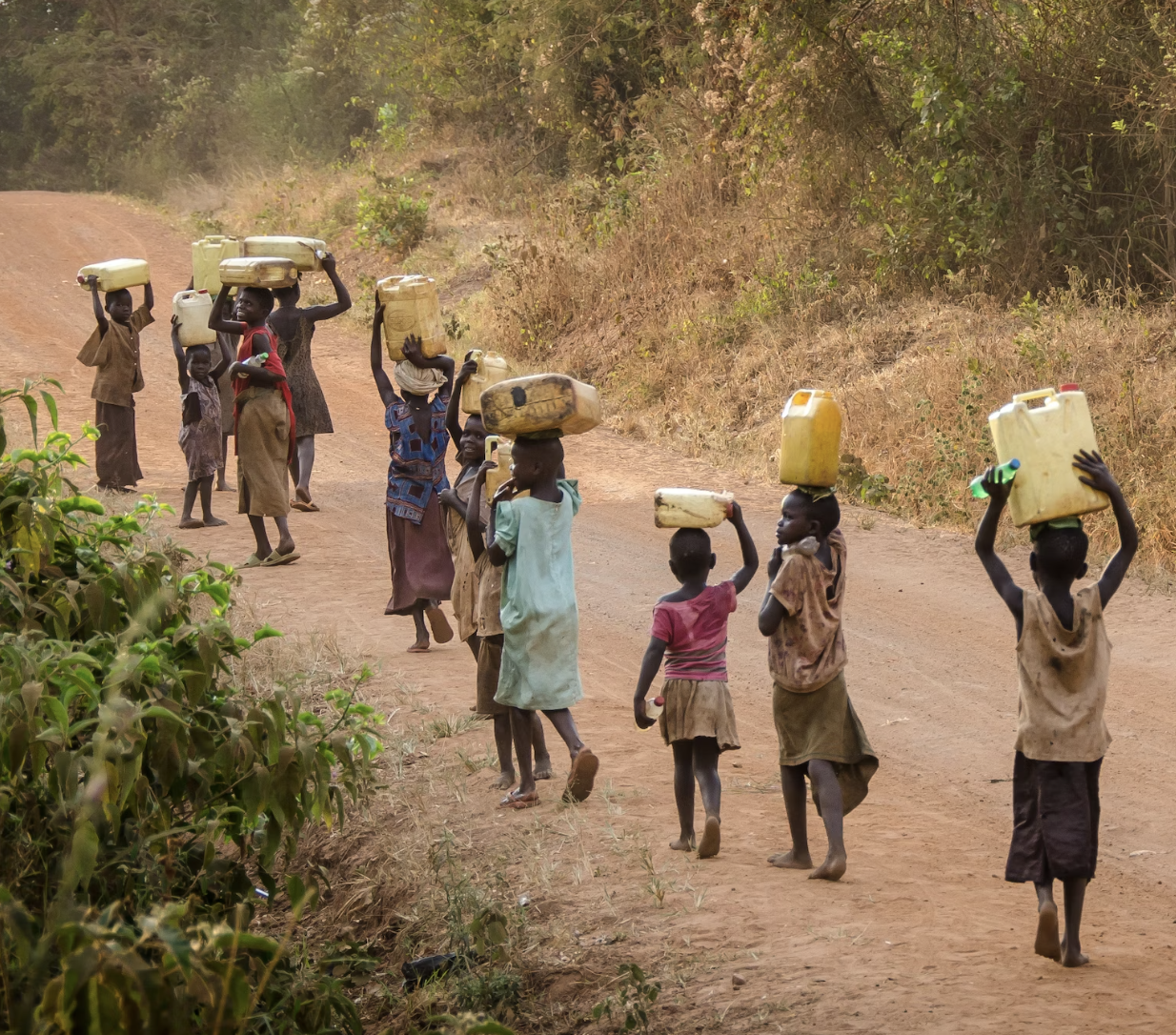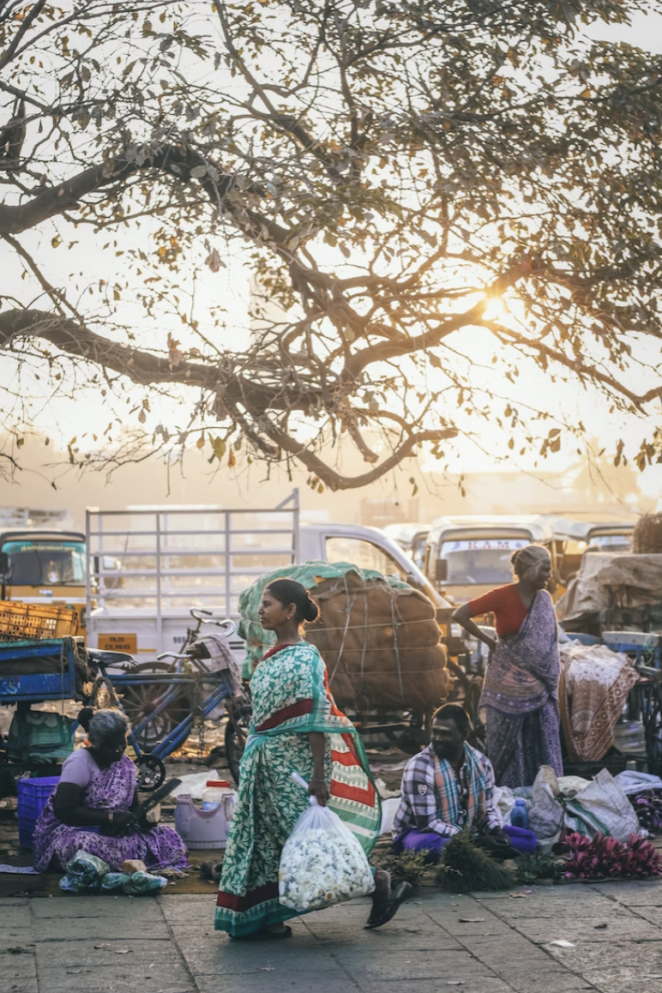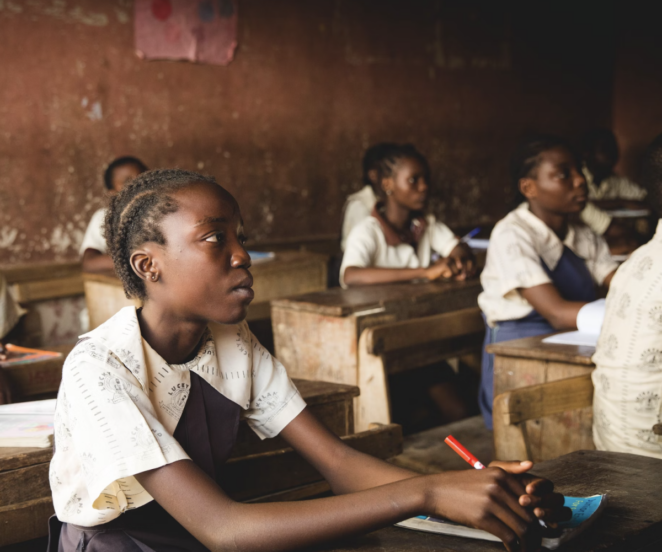Stories of Resilience: Lessons from Local Adaptation Practice

Introduction
At the core of the Principles for Locally Led Adaptation (LLA) is local leadership. Leadership is about people. LLA is therefore about enabling people to take the lead, by providing them the information, capacity, and resources they need to deal with the additional challenge of climate change.
It is also about challenging norms of leadership, by empowering the traditionally excluded – the poor, women, youth, children, disabled, displaced, Indigenous Peoples and marginalized ethnic groups. For them, the challenges brought on by climate change are additional to the considerable daily struggles that they must already contend with. To be effective in reducing this additional burden, we must support them to lead in finding solutions that are best suited to their circumstances.
The stories in this compilation, based on the sessions of the 2022 Gobeshona Conference on LLA, are an important basis for us to understand the difference between local action and locally led action, and to identify effective ways of supporting local leadership. They form the basis for us to understand where we are, how much further we must travel, and in which direction, to mainstream and scale up truly locally led adaptation.
The report is structured as follows:
- Chapter 1 – The Golap Mohila Dal’s Moricchap Drinking Water Plant (p.13-21)
- Chapter 2 – Community Data for Change in Malawi’s Urban Informal Settlements (p.22-33)
- Chapter 3 – Climate Finance Whenit is Most Needed (p.34-41)
- Chapter 4 – Heat Stress, the Silent Killer in Indian Cities (p.42-51)
- Chapter 5 – Organizing for Climate Change (p.52-60)
- Chapter 6 – The Educational Partnerships for Innovation in Communities Model (p.61-76)
- Chapter 7 – Priming National Systems to Deliver LLA (p.77-90)
- Chapter 8 – Channeling Global Finance for LAA (p.91-101)
- Chapter 9 – Measuring Resilience for LLA (p.102-112)
This article is an abridged version of the original text, which can be downloaded from the right-hand column. Please access the original text for more detail, research purposes, full references, or to quote text.
Key Messages
Below, the key messages of the report are outlined. Please refer to the full report to learn more!
The Golap Mohila Dal’s Moricchap Drinking Water Plant
- Strengthening the resilience of water, sanitation, and hygiene (WASH) systems is not only about building infrastructure to withstand cyclones or tidal surges, but also about leadership and ownership by local communities; strong and inclusive government leadership; well-functioning and accountable institutions; and strategies to tackle gender and social inequalities.
- Building trust, a key ingredient for successful adaptation, is a long-term process. This can be facilitated by working with local organizations who already have good relationships with the community. Long-term local institutional capacity building can also be strengthened in this way.
- WASH provision can reduce internal migration, and promote leadership and entrepreneurship by vulnerable groups. This leadership and entrepreneurship, meanwhile, can change perceptions on traditional roles in society, and inspire others.
Community Data for Change in Malawi’s Urban Informal Settlements
- The processes of community-led data collection, profiling, mapping, and planning in urban informal settlements empowers residents to understand their challenges, come together as a community, and negotiate more strongly with resource providers.
- After residents of urban informal settlements developed Community Resilience Plans, the Lilongwe County Council established a Ward Development Fund to support implementation.
- Managing community expectations remains the biggest challenge in community led efforts. Communities who participate in the process expect that it will be followed up with investments for implementation. This does not always happen.
Climate Finance When it is Most Needed
- Households and individuals need access to secure and dependable funding in the immediate aftermath of climate disasters, to rebuild lives and re-establish livelihoods. Support from locally-based “transitional funds” during this stage can reduce long-term negative impacts on livelihoods, food security, health, education and overall climate vulnerability.
- Improvements in the capacity of households to earn and to save through climate resilient livelihoods helps to strengthen overall climate resilience. Savings can provide security, cushion families against disasters, and serve as seed money for more lucrative investments.
- Supporting individuals to understand and access basic rights and support systems, including social safety net programs, microfinance, and banking systems, is an important part of building social capital required for adaptation.

Heat Stress, the Silent Killer in Indian Cities
- In cities in South Asia, where temperatures are already high and rising due to climate change, heat stress is exacerbated by the urban heat island effect.
- The poor are more exposed to heat stress because they live in informal housing made from heat-trapping raw materials, often without windows, and are typically exposed to more heat during their jobs in the informal sector. Heat Action Plans that target their needs are urgently needed.
- Lack of disaggregated data on mortality and morbidity due to heat stress, and heat stress thresholds for cities, constitute key barriers to understanding and planning for heat waves.
Organizing for Climate Change
- Local cooperatives and alliances can strengthen local leadership in climate adaptation and the resilience of livelihoods based on farming and forests.
- Cooperatives increase negotiating power and access to markets, information, finances, and technical assistance. Members can collaborate among themselves, and with regional associations, sub-national governments, non-government organizations, academic institutions, and global networks, to build resilience to climate change.
- Cooperatives can promote climate resilience by fostering equitable benefit sharing, sustainable management of ecosystems and biodiversity, and food security.
- Collaborative partnerships, access to technologies, knowledge sharing, finance, and effective monitoring and evaluation – activities supported by cooperatives and alliances – are necessary to scale local climate action, along with political will at all levels.
The Educational Partnerships for Innovation in Communities Model
- Large-scale city-university partnerships provide added human capacity to identify, understand, analyze and mobilize around local climate adaptation measures while engaging diverse community stakeholders and developing local, sustained expertise.
- The Educational Partnerships for Innovation in Communities (EPIC) Model is an approach to implement such partnerships that are efficient, cost-effective and impactful as well as adoptable and adaptable globally.
- Engaging university classes on hands-on, real-world projects locally ensures equitable learning opportunities for students and equitable engagement of community members.
- Investment in students’ critical-thinking and problem-solving skills is an investment in societal resilience.

Priming National Systems to Deliver LLA
- Strong ownership by local and national governments, political support, and progressive institutionalization is necessary for scaling up effective LLA.
- The Local Climate Adaptive Living (LoCAL) Facility provides performance-based climate resilience grants (PBCRGs) in the form of financial top-ups to existing local government budgets and resources to cover the additional costs of climate change adaptation.
- Local governments first receive capacity building and skills development support while they learn to implement the LoCAL approach. PBCRGs are then delivered through existing national fiscal transfer systems, providing an incentive for adaptation action.
- Common methodologies for monitoring and evaluation to assess progress across localities and countries can support efforts to assess progress on the Global Goal on Adaptation.
Channeling Global Finance for LLA
- The Adaptation Fund has pioneered a Direct Access modality and launched an Enhanced Direct Access window to devolve adaptation finance to the national and sub-national levels.
- The Fund has supported access by vulnerable communities and individuals by channeling climate finance to the local level, including through a Small Grants Facility in South Africa and an Adaptation Fund Climate Innovation Accelerator.
- The Streamlined Accreditation Process allows small National Implementing Entities (SNIEs), who would not otherwise be accredited, to demonstrate their capacities to manage smaller amounts of climate finance.
- Peer-to-peer learning opportunities for SNIEs and National Implementing Entities are encouraged and supported, including through a Community of Practice for Direct Access Entities in partnership with the Green Climate Fund.
Measuring Resilience for LLA:
- Mainstream adaptation measurement approaches continue to be driven by questions relating to climate risks and impacts, rather than of equity, justice, and power dynamics that drive the vulnerability of communities.
- Communities are change agents who need data from measurement approaches to make good decisions. Resilience measurement approaches must consider their needs.
- Communities and local policymakers have called for the need to use stories of lived experiences, processes of adaptation, and co-production of knowledge on LLA to capture nuances in changes, and to track progress.
- Citizen science can address issues of data scarcity as well as downward accountability. The process of learning and feedback into policy and research through citizen science can challenge existing structural inequities within LLA initiatives, while empowering key stakeholders.
Suggested Citation:
Global Center on Adaptation. 2022. Stories of Resilience: Lessons from Local Adaptation Practice. Rotterdam.
Related resources
- CBA17 Event Highlights
- Locally-led Adaptation Principles
- Gobeshona Global Conference
- Steering International Adaptation Finance Towards the Local Level
- Introducing a framework for co-designing “transdisciplinary knowledge integration processes” to build climate resilience
- Health vulnerability to heat stress in rural communities of the semi-arid regions of Maharashtra, India.
(0) Comments
There is no content